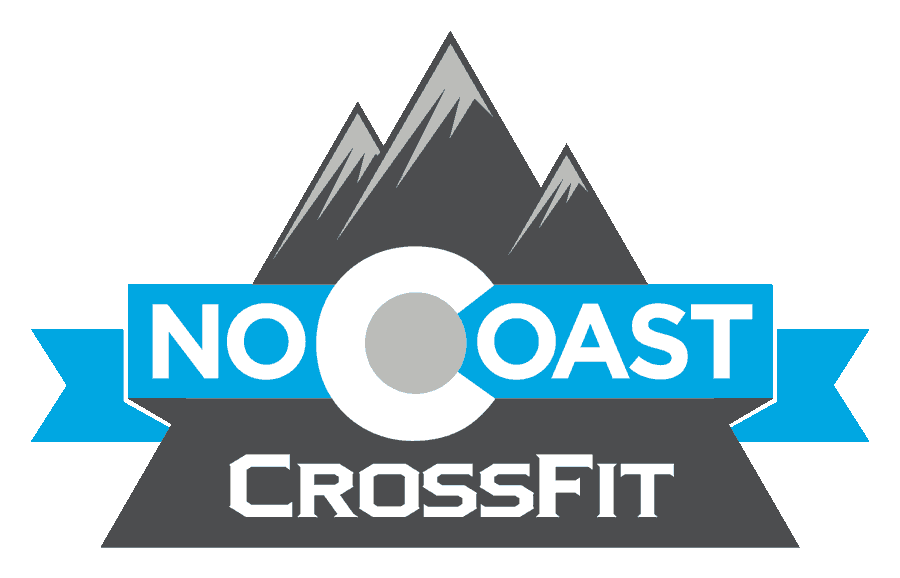Lokte Method Workshop
Hey No Coasters! I wanted to tell you a little about Lokte™ Method in hopes to pique your interest and get ya’ll interested in learning to step on one another at the Athlete Workshop March 19th. Lokte™ Method is a deep connective tissue release. Is it intense? Yes. Is it highly effective and fast? Yes (making the intensity well worth it). It’s also a hella lotta fun learning to step on your gym mates. The best part is seeing progress in their training from the release of constricted tissue.
I got started in a CrossFit gym a couple years back. To say it caught on quickly is an understatement. My dream was to work on pro athletes and that came to fruition quickly when I was hired at Denver Sports Recovery. Do I make the big boys cry? Maaaaybe.
Naw, it’s really not that bad. The intensity is always up to the person receiving the treatment. ;)
Athletes of all skill levels and genres benefit from the myofascial release Lokte provides. If you’d like a small taste prior to the workshop I’m always happy to offer a demo after a WOD – just grab me.

I pulled an excerpt from one of my manuals for those of you wanting a little more theory. Read on…
The LOKTE™ Method uses the basic concept of compression with movement to effect change.
This is not a new concept, as it has been in use in an impressive array of bodywork modalities for years by such well-known Practitioners as Ida Rolf, Benny Vaughn, Whitney Low and Steward Taws. Each method has its unique approach and intention on how the work is accomplished, as does the LOKTE™ Method.
The LOKTE™ Method focuses on loosening adhesions in the connective tissue at the source of restriction or dysfunction to restore mobility and eliminate pain. In a healthy working system the layers and sheaths of fascia slide against each other effortlessly throughout the entire body. In a state of dysfunction fascial layers can adhere to each other because of dehydrated tissue, injury, trauma, overuse, under use or age. Movement is restricted and usually continues to degrade without intervention.
In 2008, researchers at the University of Heidelberg found that connective tissues contain sensory nerve endings that can transmit pain when these tissues are stretched in the presence of inflammation (#1). We now know that the fascial network has six times more sensory input than the muscle it surrounds. (#2) When the fascial layers are inflamed and cannot slide normally, our nervous system reports these problems as pain or discomfort.
In this unique approach, the LOKTE™ Practitioner uses carefully controlled weight to anchor affected areas with the sole of their foot. The weight of the foot is used to isolate the dysfunctional tissue. This allows the Practitioner to begin to work through the restrictions resulting in a change
in the fascial matrix. Intelligent tissue anchoring ensures the focus remains on the tight areas, preventing the more flexible areas of the myofascia from absorbing the resulting stretch
The client provides slow, directed movement at an adjacent joint to release the “stuck” tissue, loosening the restrictions at a comfortable pace, with complete control over the process. Once the adhesions are broken, the tissue is able to rehydrate, removing the source of inflammation and pain. This type of direct release tends to offer immediate change providing more profound, lasting relief for clients in a short period of time.

What is fascia? According to fasciacongress.org: “Fascia is the soft tissue component of the connective tissue system that permeates the human body. It forms a whole-body continuous three-dimensional matrix of structural support. Fascia interpenetrates and surrounds all organs, muscles, bones and nerve fibers, creating a unique environment for body systems functioning. Connective tissue alone could maintain your shape and be recognized as you. Everything in this head to toe network is connected. The challenge of troubleshooting fascial restriction and dysfunction is that the pain experience doesn’t always identify the source. As physiotherapist Diane Lee says, “It is the victims who cry out, not the criminals.
Long term, sustainable results, require work to restore fluid flow and smooth movement in the “stuck” tissue where the pain is, as well as discovering and easing the biomechanical pull that caused the initial stress on the affected tissue.
Working with the broad surface of the foot affects larger areas of connective tissue with each LOKTE™ technique. Asking the client to engage as much of their connective tissue as possible by instructing them to hold their body in a LOKTE™ position will create a greater systemic change in the fascial matrix.
Assessment before and reassessment after the LOKTE™ techniques are performed are important to objectively measure positive changes that are happening to the tissue. This is accomplished by analyzing a client’s gait, measuring ROM, pain assessment, functional movement assessment and client feedback both before and after a treatment session.
Learn more at the Athlete Workshop at NoCoast!
Saturday, March 19th
1:00pm-3:00pm
$50 for members, $60 non-members
Sign up here.
